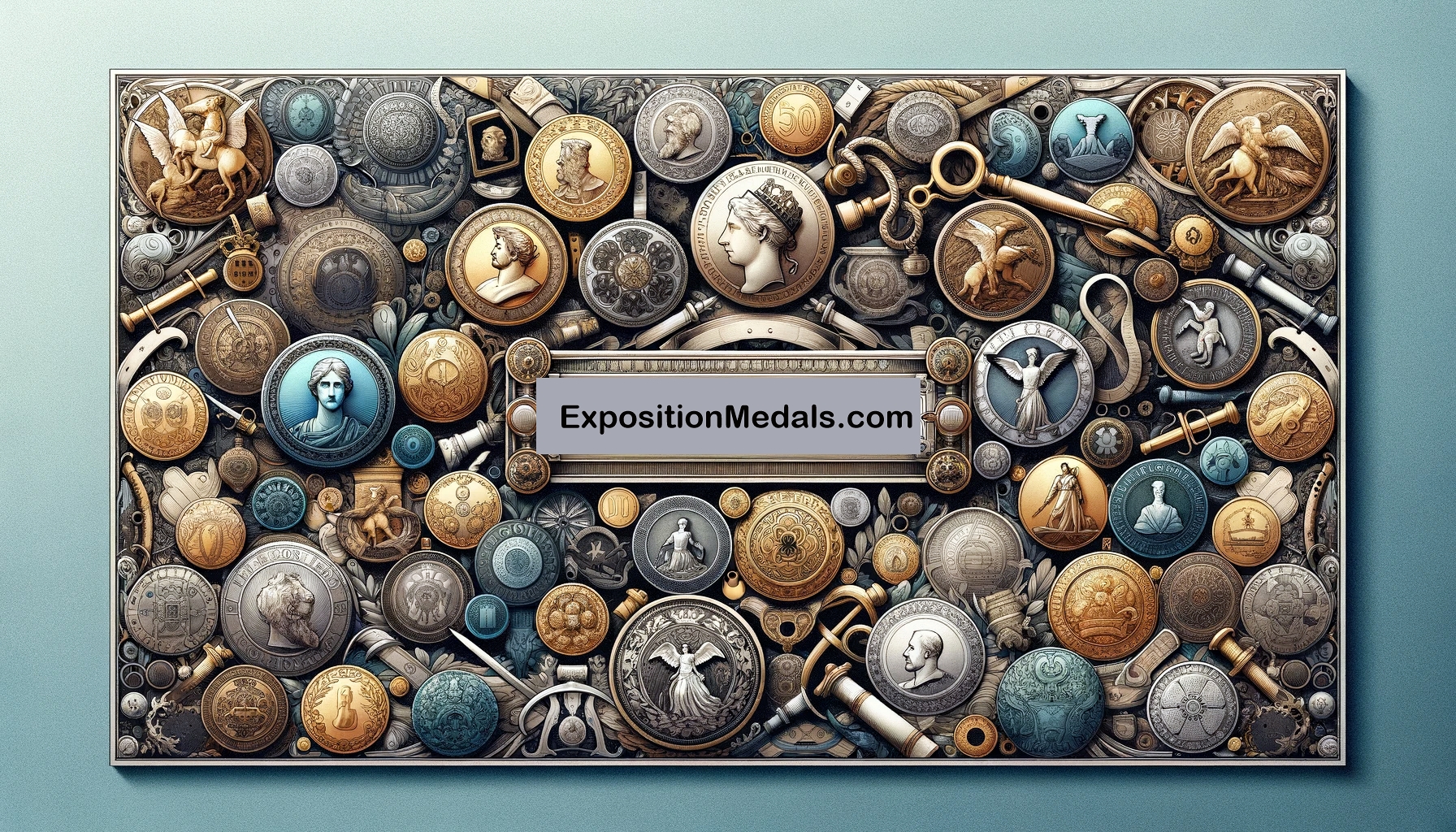
Medals of American Expositions & World Fairs
Welcome to American Expositions & World’s Fair Medals, the premier online destination dedicated to the award medals, official medals, souvenir medals, badges, pins, tokens, and prize medals from America’s grand expositions and world fairs. This site is produced by Robert Fowler, a collector of these medals.
Medals: The Artifacts of Achievement Each exposition produced a series of medals that today stand as artifacts of human accomplishment. The Award Medals, in particular, are coveted pieces that recognized excellence and innovation across various disciplines. They represent the pinnacle of success for the participants and are a focal point for collectors and historians alike.
American World Fairs and Expositions (chronologically listed)
Explore medals from US World Fairs and Expositions: Click the links below to discover examples of award, official and souvenir medals from each event.
- 1853, International Exhibition of the Industry of All Nations, New York
- 1876, Centennial Exposition, Philadelphia
- 1884 World’s Industrial and Cotton Centennial Exposition, New Orleans
- 1893, World’s Columbian Exposition, Chicago
- 1895, Cotton States and International Exposition, Atlanta
- 1897, Tennessee Centennial Exposition, Nashville
- 1898, Trans Mississippi & International Exposition, Omaha
- 1901, Pan-American Exposition, Buffalo
- 1901-1902, Interstate and West Indian Exposition, Charleston
- 1904, Louisiana Purchase Exposition, St. Louis
- 1905, Lewis and Clark Centennial Exposition, Portland
- 1907, Jamestown Ter-Centennial Exposition, Norfolk
- 1909, Alaska-Yukon-Pacific Exposition, Seattle
- 1915, Panama-Pacific International Exposition, San Francisco
- 1915-1916, Panama-California Exposition, San Diego
- 1926, Sesqui-Centennial International Exposition, Philadelphia
- 1933, Century of Progress Exposition, Chicago
- 1935 California-Pacific International Exposition, San Diego
- 1939, Golden Gate International Exposition, San Francisco
- 1939-1940, New York World’s Fair, New York
- 1962, Seattle World’s Fair (Century 21 Exposition), Seattle
- 1964-1965, New York World’s Fair, New York
- 1968, HemisFair ’68, San Antonio
- 1982, Knoxville International Energy Exposition (1982 World’s Fair), Knoxville
- 1984, Louisiana World Exposition, New Orleans
- International Expositions -London – Paris
- US Regional – 1881 International Cotton Exposition – Atlanta
- US Regional – 1887 Piedmont Exposition – Atlanta
Exposition Medals
Each exposition produced a series of medals that today stand as artifacts of human accomplishment. The Award Medals, in particular, are coveted pieces that recognized excellence and innovation across various disciplines. They represent the pinnacle of success for the participants and are a focal point for collectors and historians alike. Official medals served as a formal commemoration from the exposition organizers, and souvenir medals offered visitors a personal piece of history to take home.
-
1915-1916 San Diego Panama-California Exposition Medals
Award medals of the 1915 San Diego exposition also called he Panama-California Exposition
-
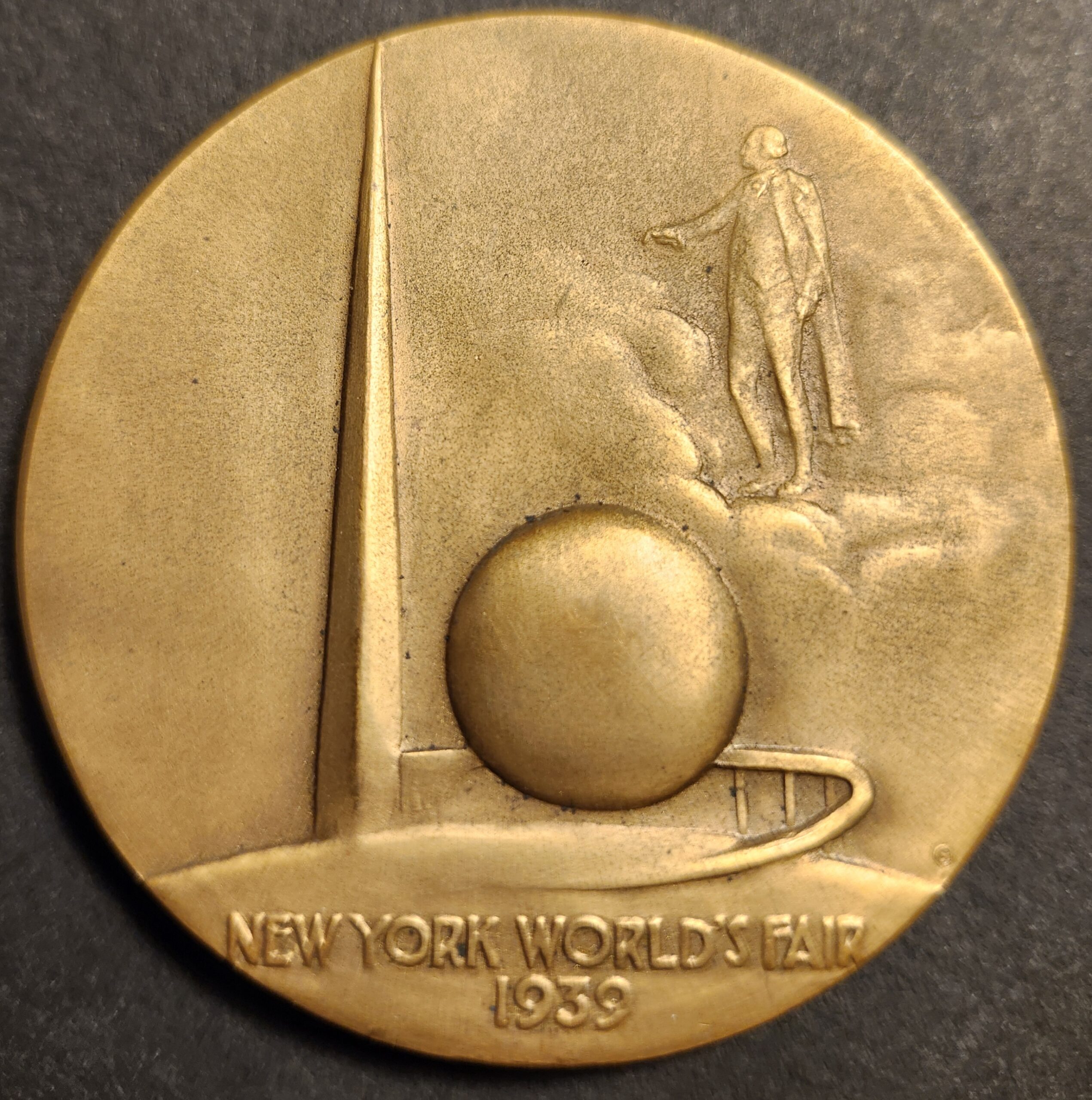
Medals of the 1939 New York World’s Fair – Official, Commemorative and Award Medals
Discover the exquisite medals of the 1939-1940 New York World’s Fair, a symbol of progress and innovation. Explore our detailed showcase of award and commemorative medals, each piece a storied artifact from the historic fair that envisioned the world of tomorrow.
-

Medals of the 1897 Tennessee Centennial Exposition
Discover the rich history of the 1897 Tennessee Centennial Exposition through our exclusive collection of commemorative medals. From intricate designs to historical significance, each medal offers a glimpse into the Nashville World’s Fair legacy
-
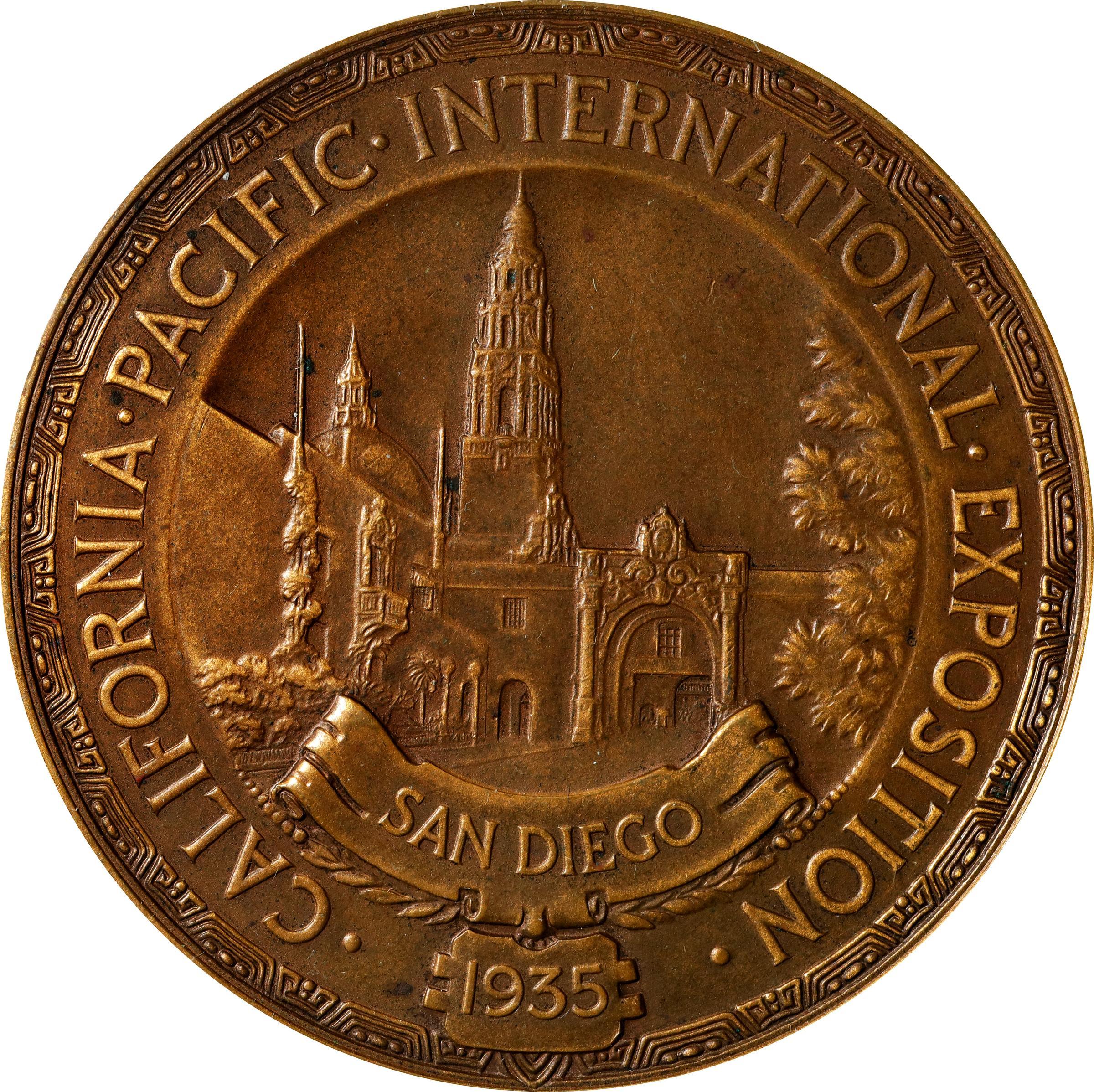
1935 California-Pacific International Exposition Award Medals | San Diego History Showcase
Award medals from the 1935 California-Pacific International Exposition. Explore our detailed medal images and descriptions of San Diego’s historic event medals
-
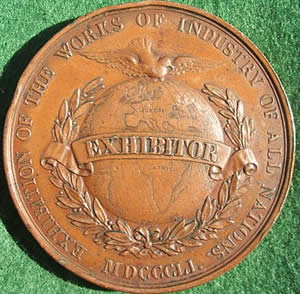
Award Medals of The Great Exhibition of 1851 – London England
The Great Exhibition London England Prize Medals – Crystal Plaace – 1851 Bronze Award medals, expo medal, 1851 exposition, exonumia, tokens, souvenir coins, 1851 expo.
-
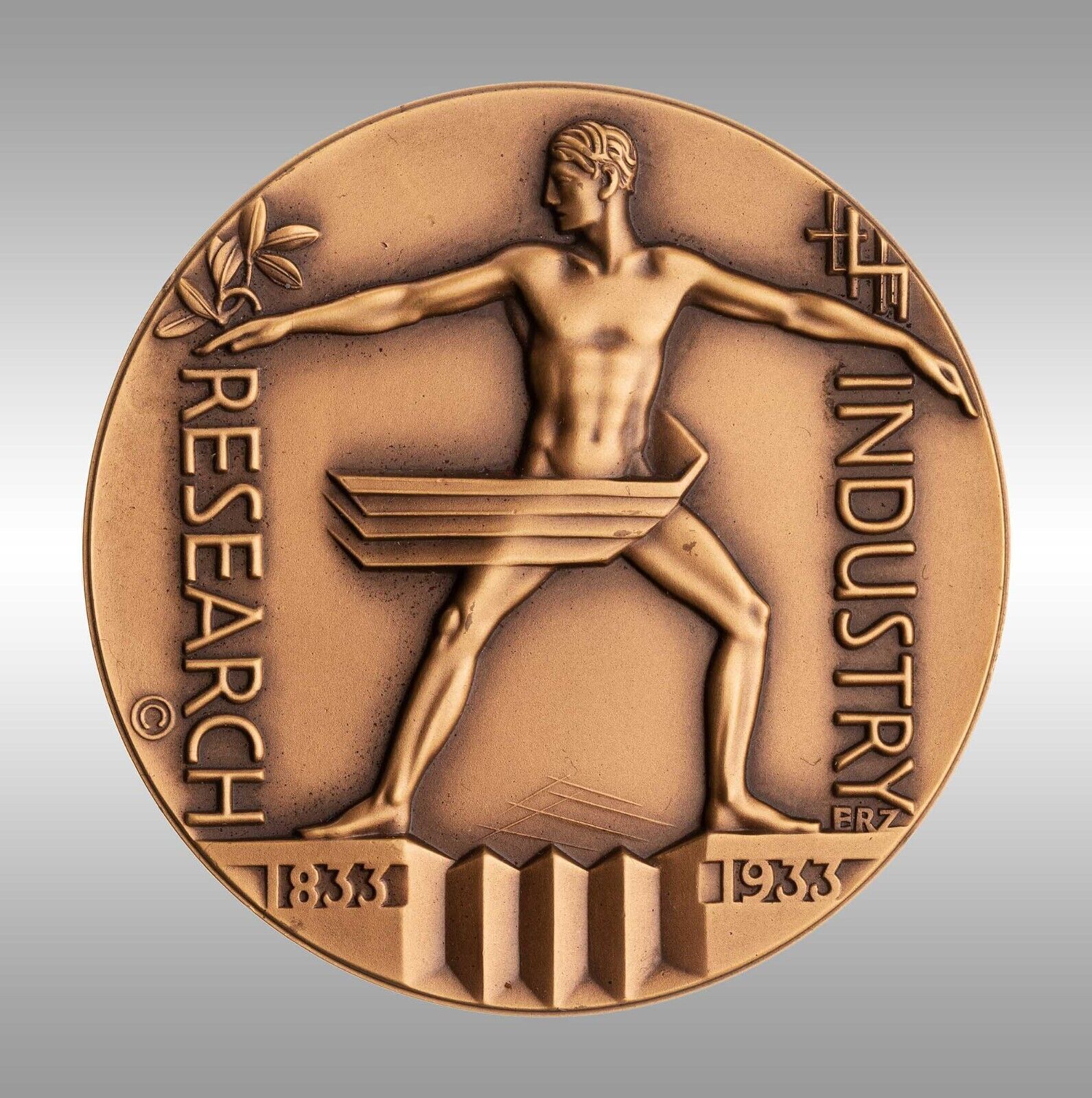
Medals 1933 Century of Progress Exposition Chicago
Explore the captivating world of medals from the 1933 Century of Progress Exposition in Chicago. Dive into the artistry, history, and legacy of these commemorative pieces that celebrate a landmark event in technological innovation and architectural marvels.
-
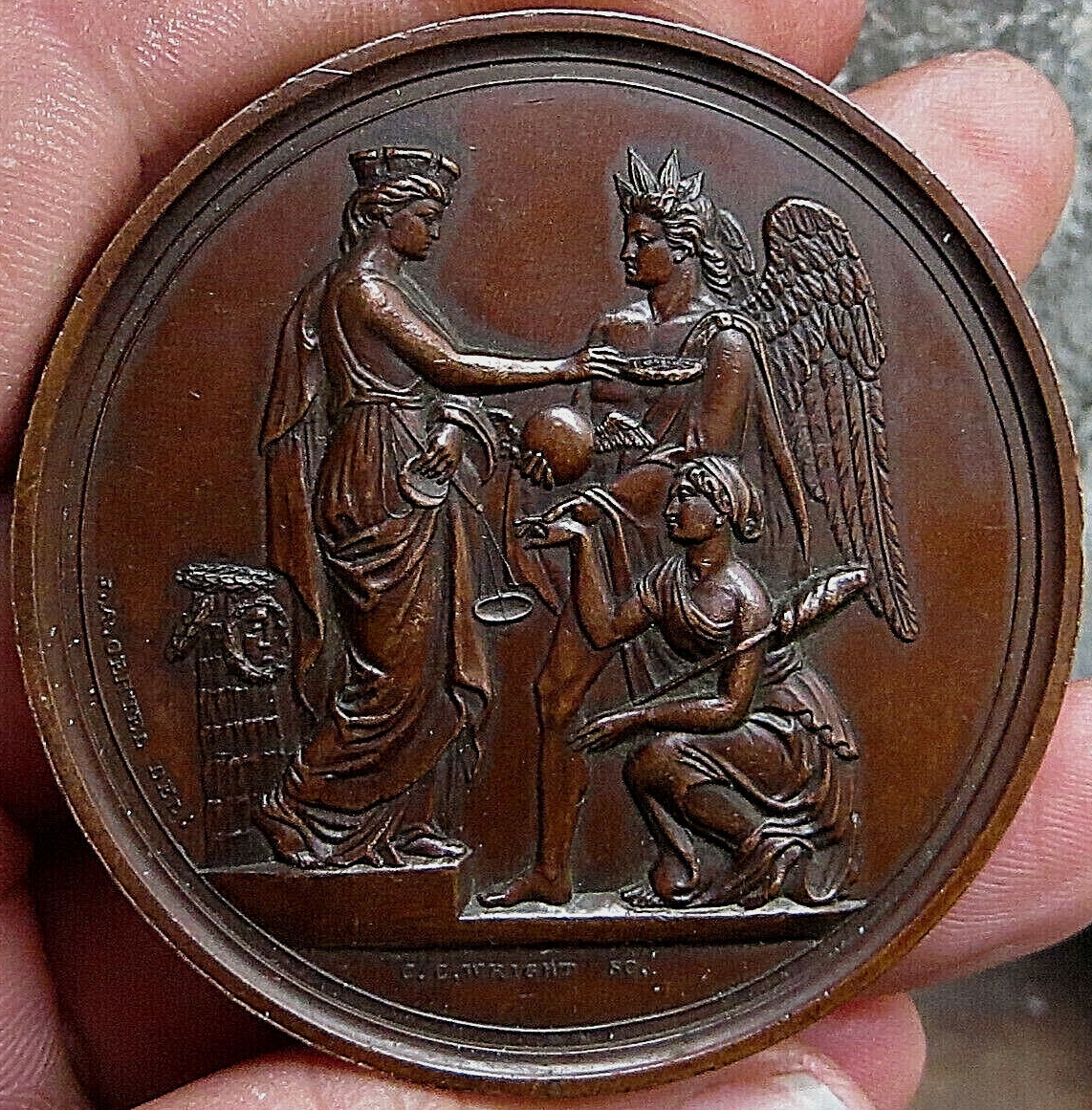
1853 New York World’s Fair Medals – Industry of All Nations
Discover the rare and historic medals from the 1853 New York International Exhibition of the Industry of All Nations. Explore a curated collection of numismatic art from the first World’s Fair held in the United States.
-
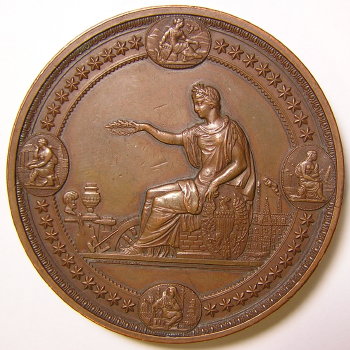
1876 Centennial Exposition Medals – Philadelphia World’s Fair Awards
Explore the prestigious 1876 Centennial Exposition medals awarded at Philadelphia’s historic world’s fair. Discover the artistry and heritage of these bronze awards commemorating America’s 100th anniversary.
-
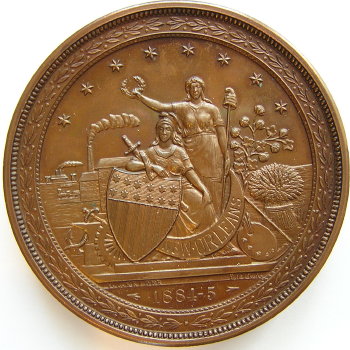
1884 New Orleans World’s Fair Medals – Industrial & Cotton Exposition Collectibles
Delve into the numismatic history of the 1884 New Orleans World’s Industrial and Cotton Centennial Exposition with our curated selection of medals. Discover the intricate designs and rich heritage of these collectible pieces from one of the most notable events of the 19th century
-
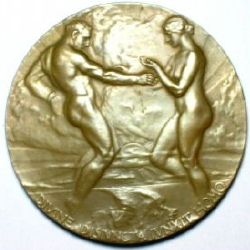
1915 San Francisco Panama-Pacific International Exposition Medals
Medals of the 1915 Panama-Pacific Exposition held in San Francisco CA. Awards medals, official medals, souvenir medals
-
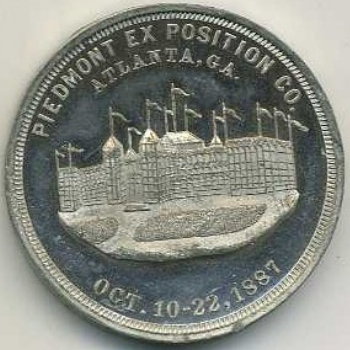
Medals 1887 Piedmont Exposition Atlanta GA
Explore the legacy of Atlanta’s 1887 Piedmont Exposition through our collection of award and commemorative medals. Grover Cleveland medals.
-
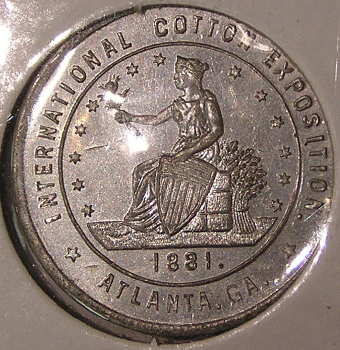
The Medals of 1881 Atlanta International Cotton Exposition
The 1881 Atlanta International Cotton Exposition was a significant event in the history of the American South, and the medals that were awarded during the exposition were intended to commemorate the occasion. However, despite extensive research and numerous excavations, no actual medals from the event have ever been found. In this blog post, we explore…